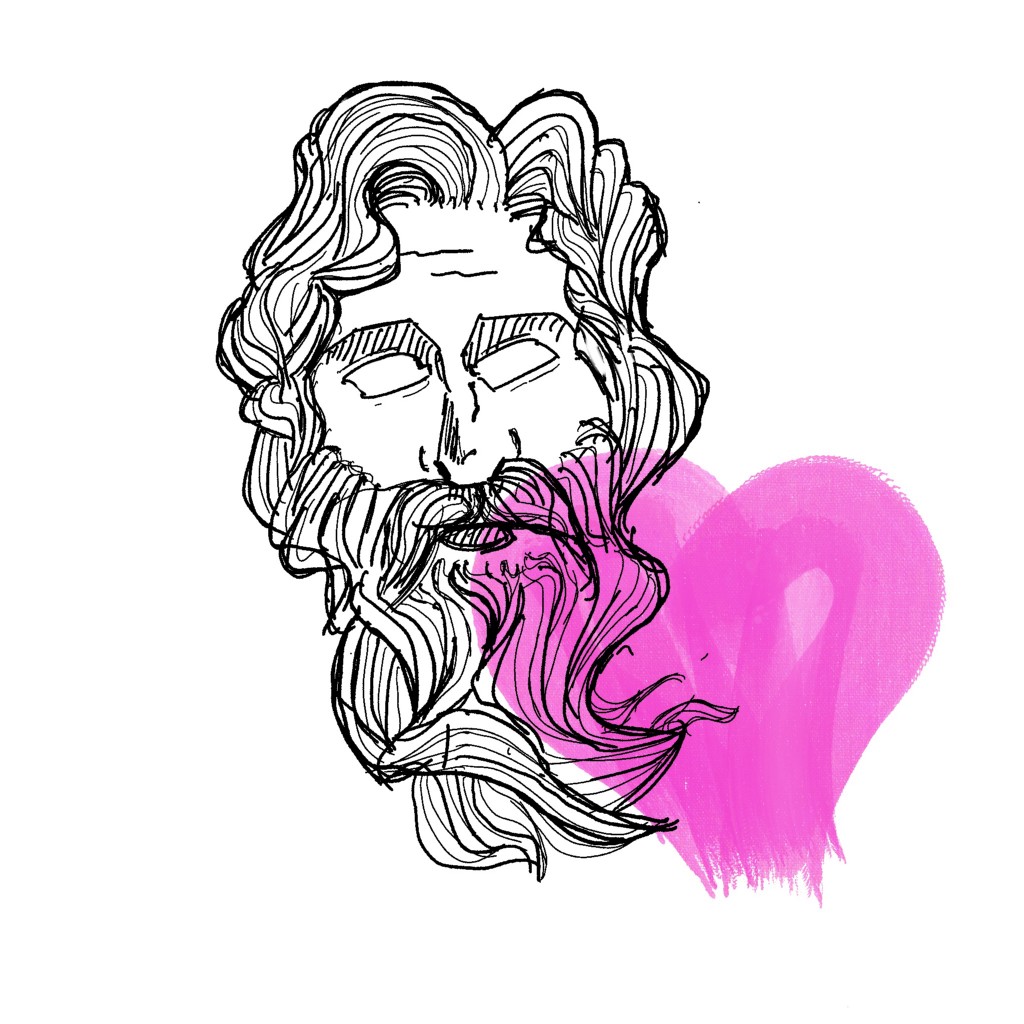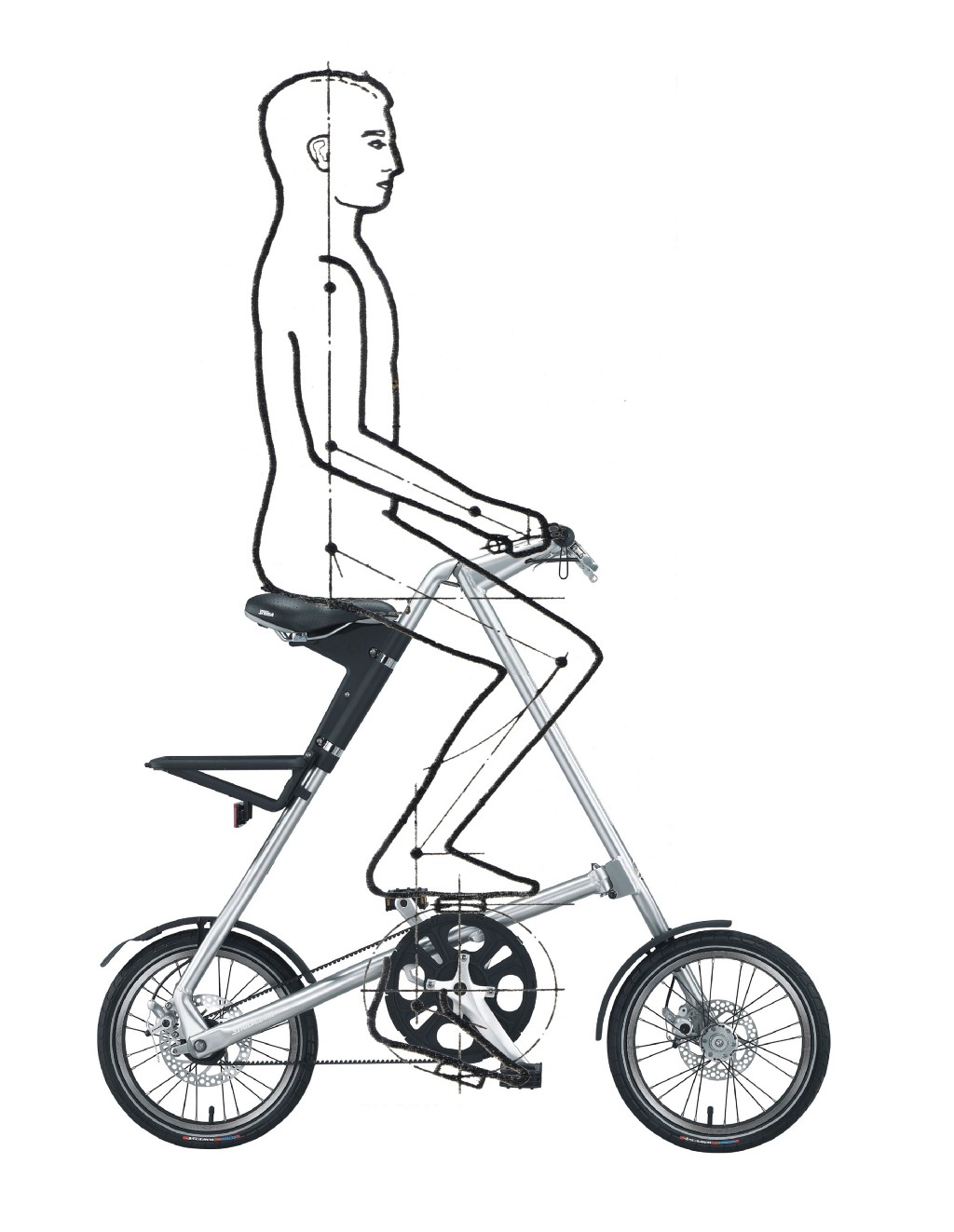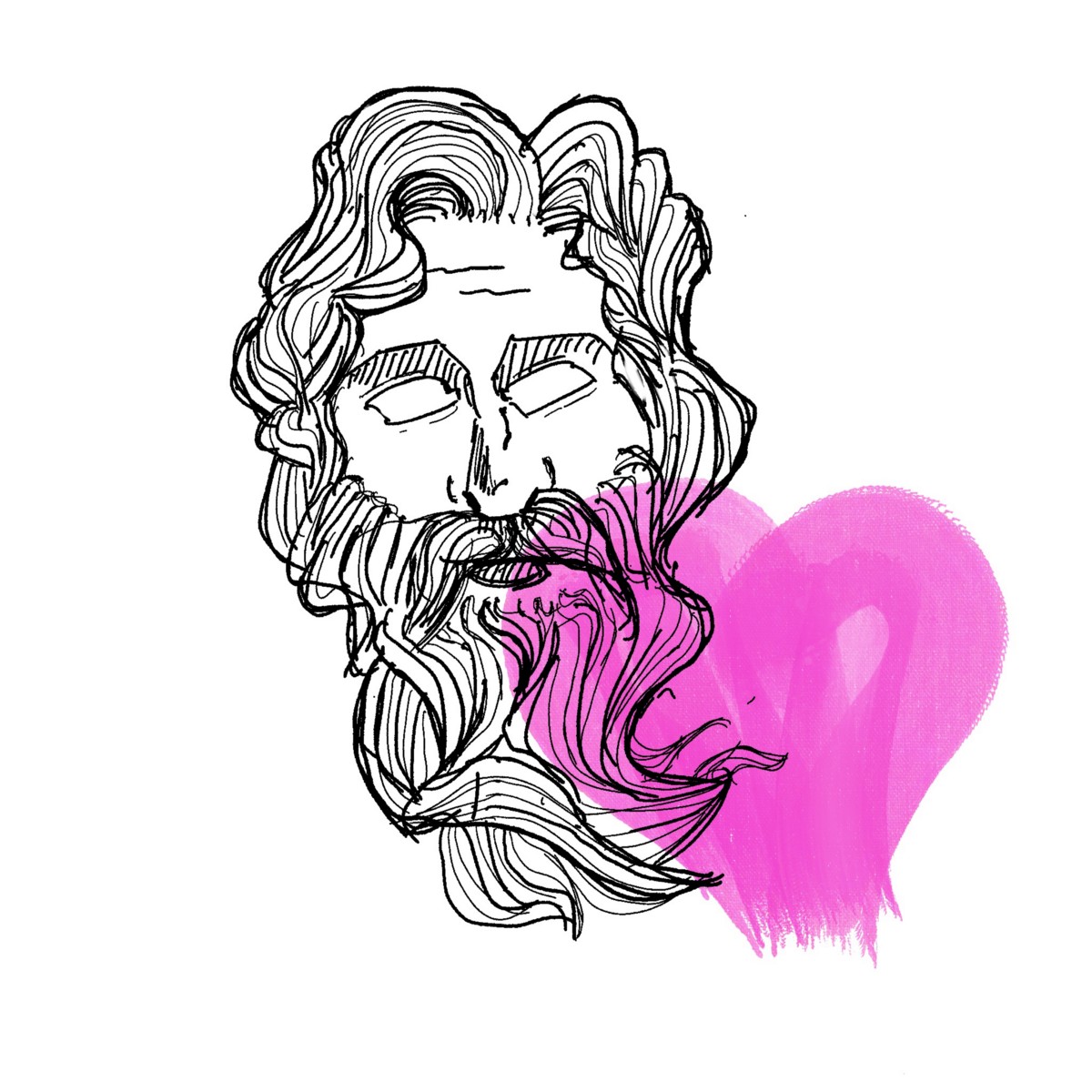Design won’t make the world a better place unless we make it happen

1. Design Evocatio
When Roman generals aimed to conquer a new city, they had plenty of technological tools and tactics, but one of the most interesting ones is a spiritual technique that rarely gets discussed: Evocatio.
Evocatio was a ritual in which the invading Roman army would adopt and worship the Gods of the people they were invading and ask them to abandon them, deprive them of protection. If the Romans were victorious (and when were they not), they would adopt these Gods and become part of their pantheon. It seems to have been common for new Gods to be introduced into the pantheon and become fashionable, taking over roman society.
To summarize Jesse James Garret’s now-legendary FastCo article UX practitioners at a certain point in time were hoping that UX would become a user-centered method of inquiry and insight that would drive product and value development. Since the practice is centered around people, they hoped it would generate a degree of respect, compassion, and humility towards people making the business interests they served better citizens. Between that time and now, something happened. Design got a bit lost, it became a sort of “theater,” and those values went out the window.
My reading of the situation is that designers performed a kind of Evocatio. We adopted the goals, metrics, and ideologies of the business interests we were serving, expecting to get that “seat at the table,” but in doing so, the Gods of the business world took over our pantheon.
2. Design’s Place in Society
There is an assumption that the negative outcomes in our field are a failure from practitioners to uphold those values. In our culture, we place great importance on individuals and in the myth of personal responsibility, yet, it’s a little hard to believe that most UX practitioners could take a Gandalfian stance and say “you shall not pass” to the powers that be. Not all of us are powerful wizards, and more often than not, incentives and systems drive outcomes.
To understand the situation JJG describes, I believe we need to place UX and Design within its most common context: the business world.
“When the point of contact between the product and the people becomes a point of friction, then the designer has failed. On the other hand, if people are made safer, more comfortable, more eager to purchase, more efficient — or just happier — by contact with the product, then the designer has succeeded.”
Over six decades ago, Henry Dreyfuss figured out that complex products like rotary phones, thermostats, and cameras had to be “designed” to feel frictionless, meaning, easily understood, easy to use, seamlessly fitting in people’s life. Henry realized that “designed” products are more desirable, and desirability is good for business.

At the most basic level, the goal of a business is to extract and/or create value for its owners, shareholders, etc. Different organizations will do this in different ways, but designers like Henry are often placed in organizations that sell products.
Design is, at the end of the day, one more tool that organizations use to drive their mission forward, if Design has values or processes that don’t directly serve that profit motive they aren’t intrinsic to the operation of design-as-business, they emerge from the believes and values of the actual practitioners.
3. The Design Idealist
Most designers you’ll meet have an ideological commitment to the welfare of people. Design is, in large part, all about putting yourself in the shoes of another. When I chat with young designers starting out, they are often eager to “change the world”, I remember being in their shoes and feeling exactly the same, but it is not the case that designers are obligated to hold these values.
UX is now an established field. It’s no longer an outlier that attracts idealists. Nowadays, I often hear people wanting to join the field because they understand it’s a lucrative and potentially life-changing enterprise. There’s nothing wrong with that. But, as the practice grows from a small community to an actual field, we shouldn’t expect all its practitioners to align on values and motives.
Medicine is a good analogy, many people join the field because they want to help others, but it’s most certainly the case that many do this because it’s lucrative. What I am claiming is that there’s no reason to believe that either the practice itself or its practitioners will uphold the values that its initial community held dear, even if many of us believe those to still be relevant.
4. No one at the wheel
There’s no Hippocrates of Design. Many times in our jolly Anti UX UX Club, we have discussed the possibility of a set of principles that resemble the Hippocratic oath. Many fields have a “Code of ethics” and other documents that present their practitioners with a set of guidelines or rules.
Our intuition would tell us that the impact of these codes is correlated to the power they have. What happens if you break the code? There’s a huge incentive to stick to specific values and or guidelines when breaking them would result in losing one’s license, i.e the ability to practice. But, the creation and implementation of a “license” would result in some sort of gatekeeping, and many people value the fact that UX and tech more broadly is a field where the level of gatekeeping is lower than in others.
It seems to me that what we need is a kind of design activism-something that helps practitioners understand the value of these principles and arguments for why we should pursue this non-business goal within organizations.
5. Design Activism
Those who actually want Design to be a moral, transformative practice only have two avenues for success. To push UX to be more than a checked item in a product development process, we need to demonstrate that these methods and techniques directly impact profit. But what interests me more is the idea that UX can be a force for good, and ethical or moral principles shouldn’t need to be justified based on dollars.
If you agree that Design isn’t inherently going to create a better world and that we can’t expect a handful of practitioners to uphold values we haven’t even agreed on or the value of specific processes, how do we do it?
Design Activism: Design needs a way to educate and politicize its practitioners. When I say educate, I am using Plato’s conception of education, not a simple memorization of information but a process of transforming the self and the forging of character. Politicization means that designers need to be involved and care about the direction their society is headed in.
Plato believed that education is not just a matter of changing ideas or changing some practices. It is a process that transforms your entire life. It’s the process through which you forge your character based on knowledge. Designers need to learn and understand what makes a product user-friendly, profitable, but also society-friendly.
If you agree, then our task is to define, learn and understand the intrinsic values Design should pursue. What are the things that we should care about not out of a desire to gain something but because they are good in themselves.

Can design change the world? was originally published in UX Collective on Medium, where people are continuing the conversation by highlighting and responding to this story.
